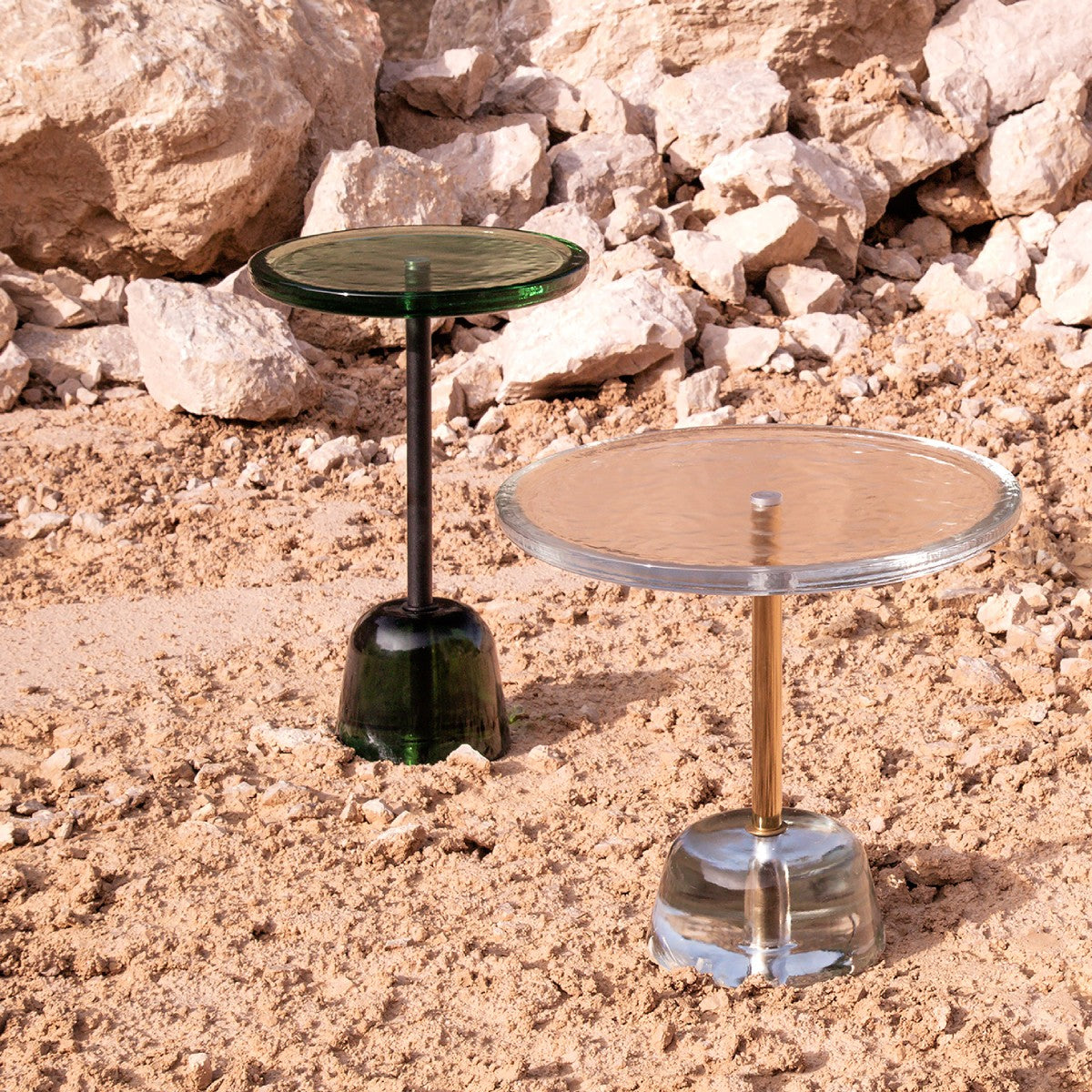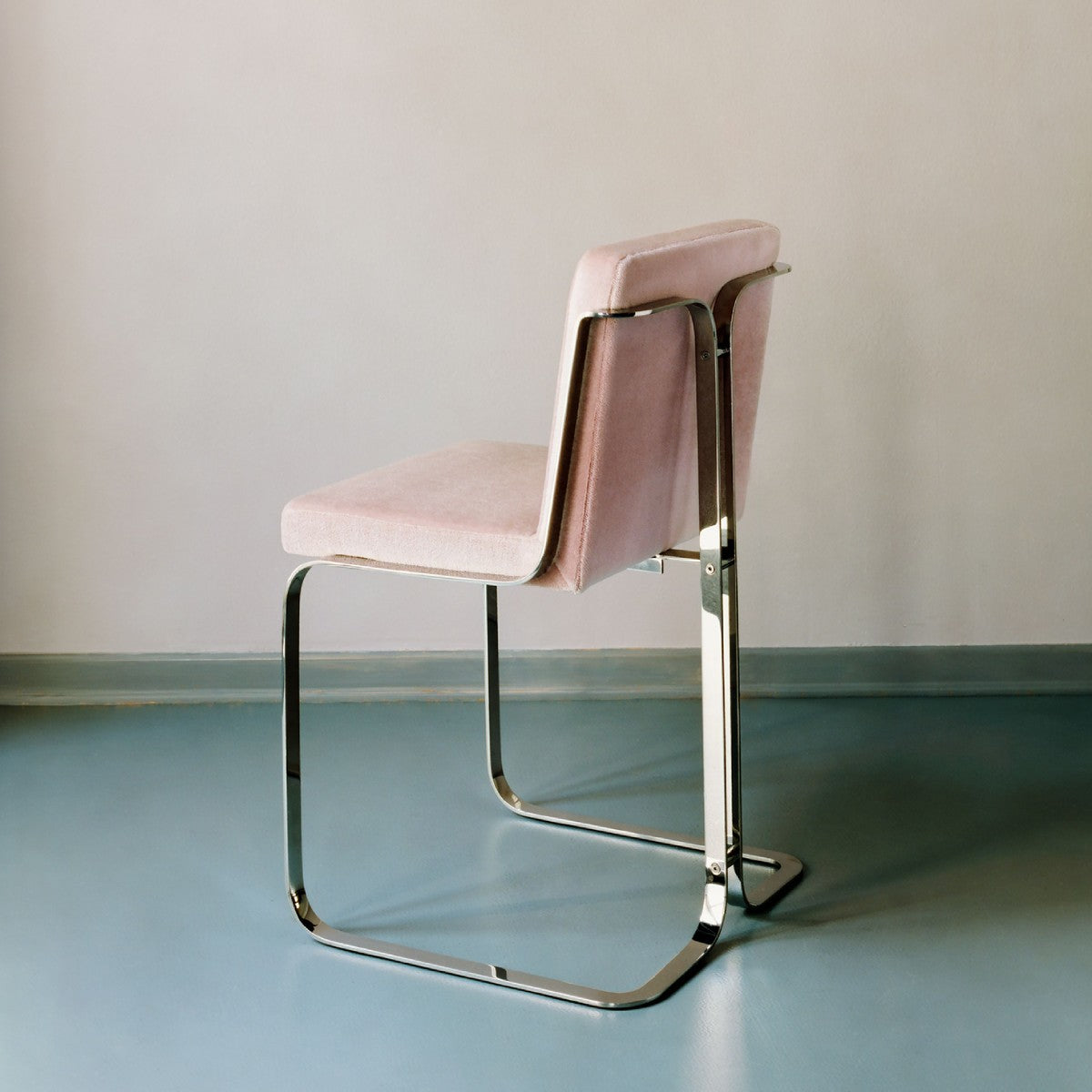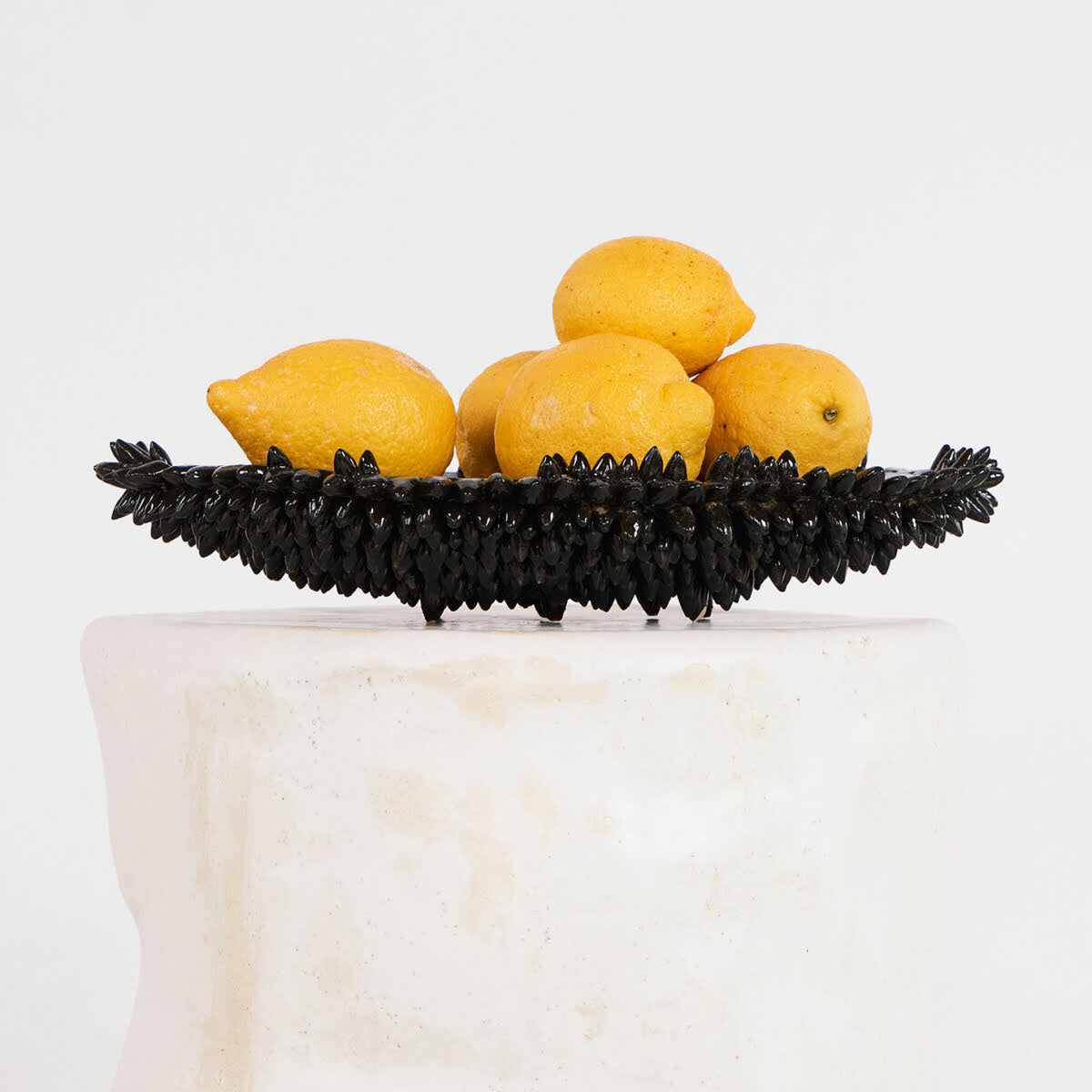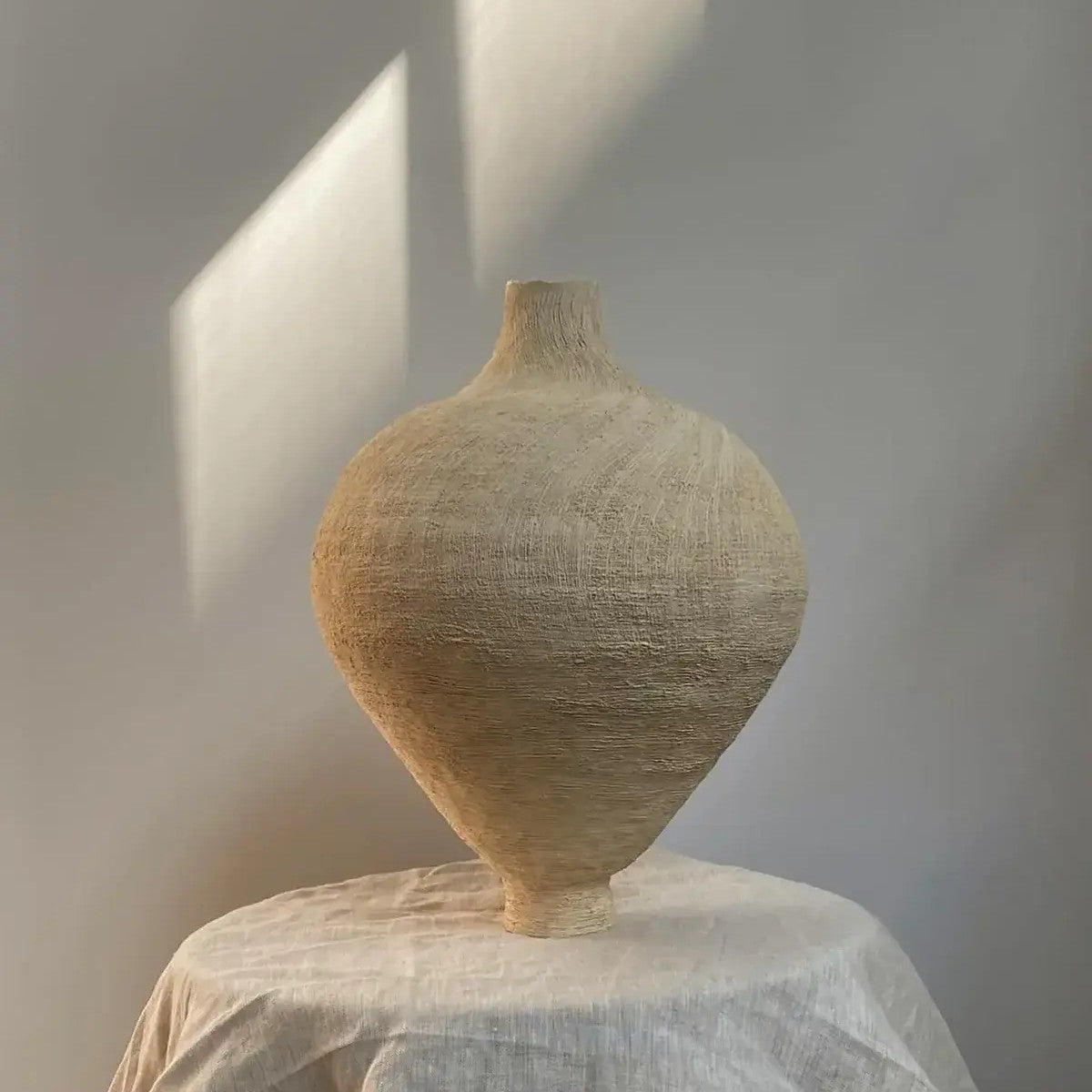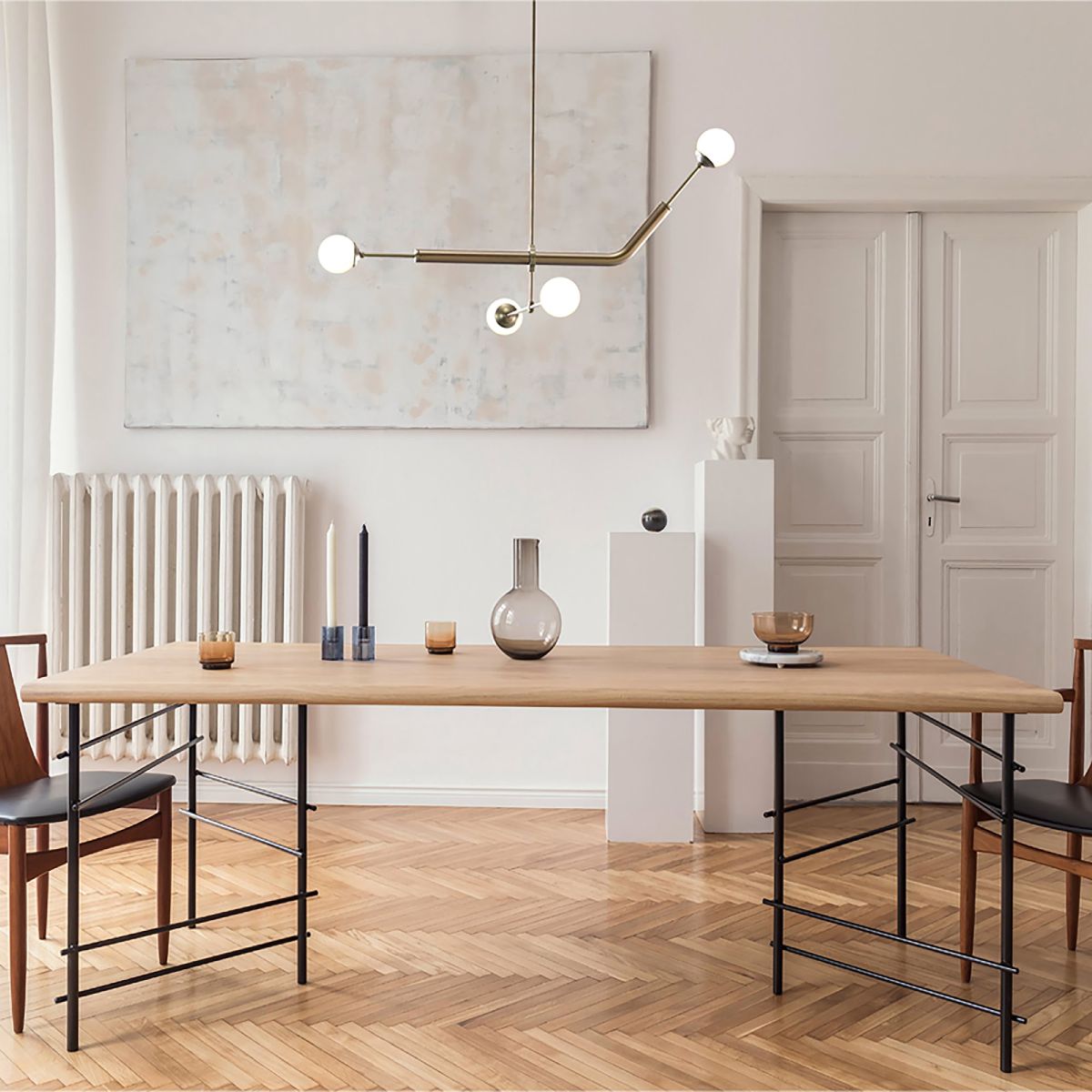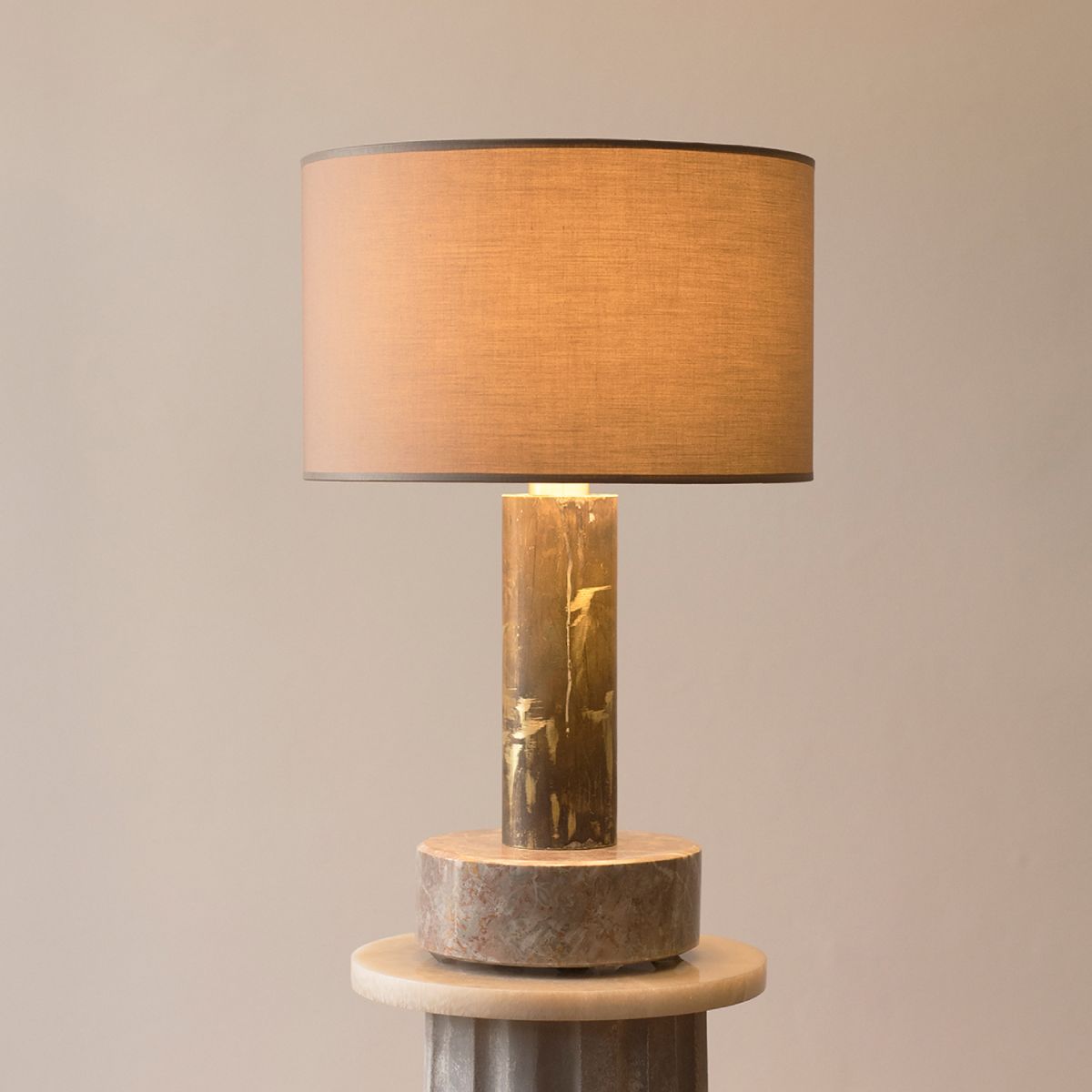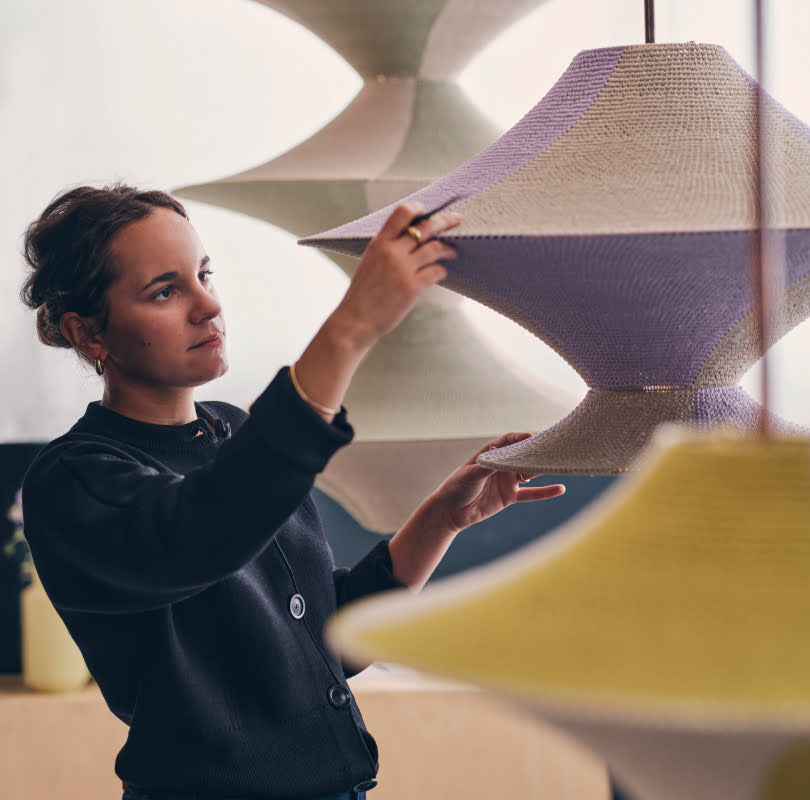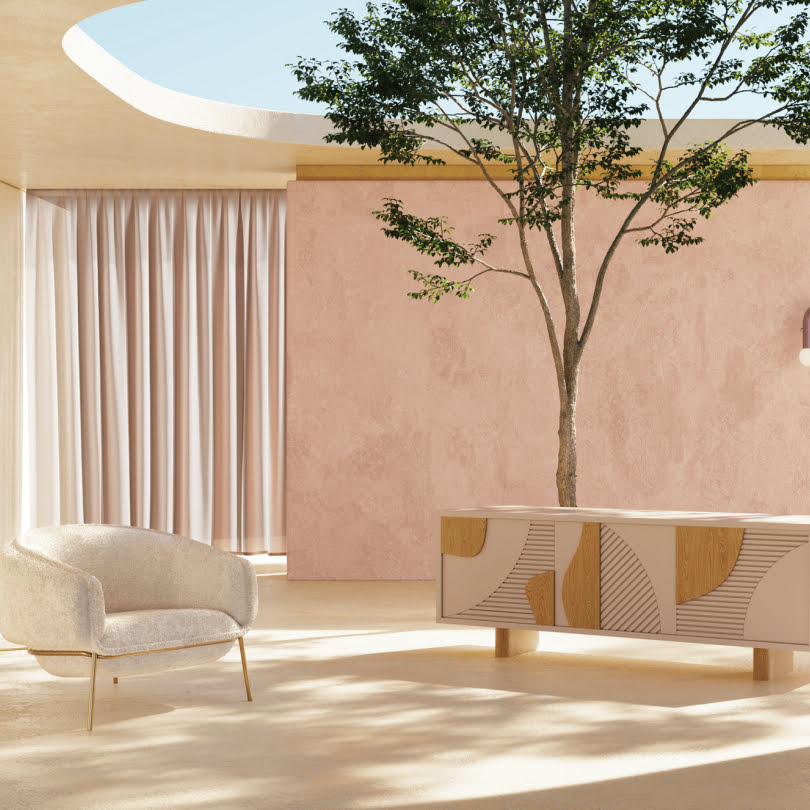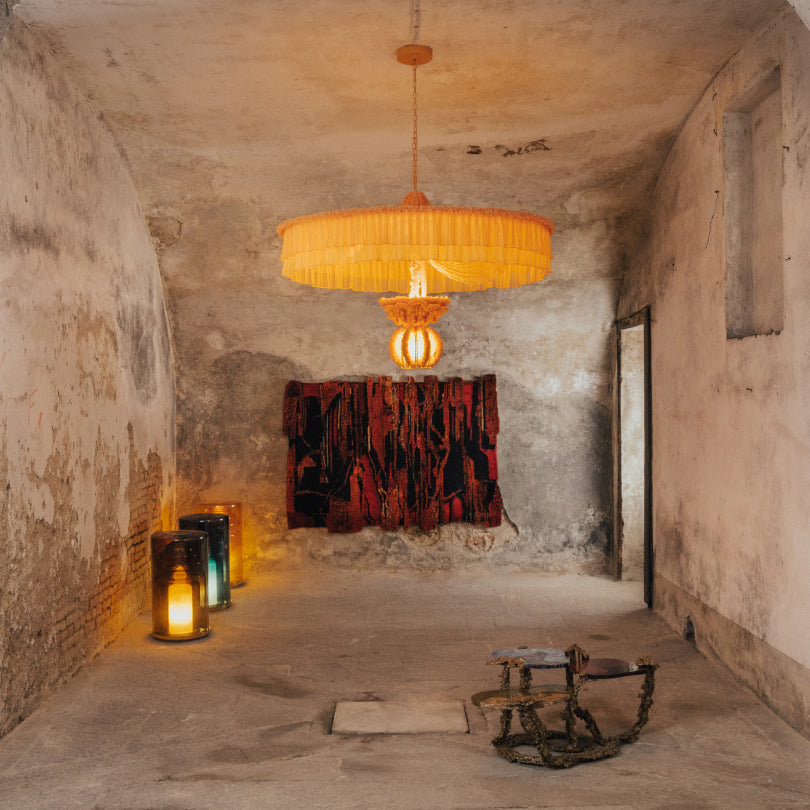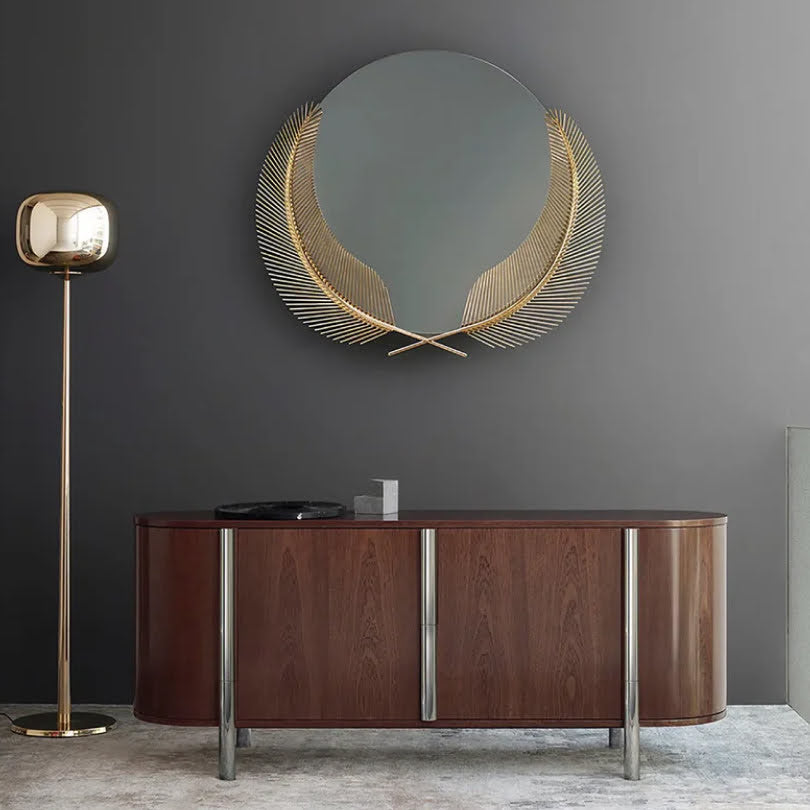- Furniture
- Seating
- Tables
- Storage
- Outdoor
- Furniture Accessories
- Makers
- Scarlet Splendour
- Nitush - Aroosh
- Marta Sala Éditions
- Duistt
- Stone Stackers
- Nada Debs
- Dooq
Shop Furniture
- Accessories
- Vessels & Bowls
- Boxes & Trays
- Cushions & Throws
- Tabletop
- Rugs
- Wall Art
- Sculptures
- Bathroom Accessories
- Mirrors
- Gaming Accessories
- Makers
- Gardeco
- Tarun Tahiliani
- Sarah Linda Forrer
- Livia Marin
- Casarialto
- Abid Javed
- Tania Whalen
- Pinetti
Shop Accessories
Pushing the boundaries of ceramic art Abid Javed uses molecular biology to inform his handcrafted sculptures.
- Lighting
- Chandeliers
- Wall Lights
- Ceiling Lights
- Floor Lamps
- Table Lamps
- Outdoor Lighting
- Makers
- Square in Circle
- Naomi Paul
- Arjun Rathi Design
- Nitush - Aroosh
- Naama Hofman
- Mariza Galani
- Marc Wood
- Hudson Valley Lighting
Shop Lighting
- The Latest
- Shakti Residency
- Meet our founder
- Female focus
- Handcrafted hotels
- Textile titan: Tarun Tahiliani
- Paris design guide
- London design guide
- Designer Edits
- Lena Cottray
- Shalini's wishlist
- Natalie Tredgett
- Product Edits
- Changemakers
- Celebrating our female makers
- The Art of Entertaining
- Gifting
- Rising Stars
- Material Masters
- Tales of Timber
- Summer House
- Craft in Colour
- Trade Favourites
- Shakti Design Residency
Journal Stories of creativity and craftsmanship, brought to life by respected writers and design experts.
